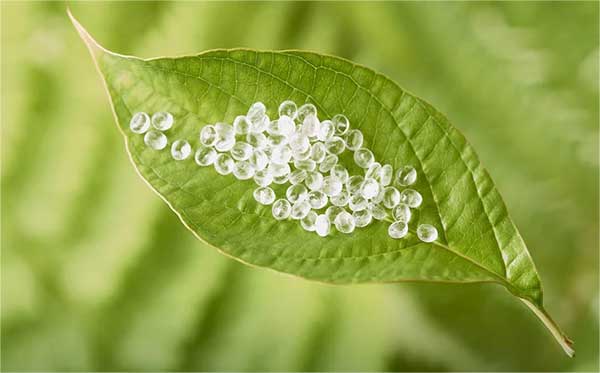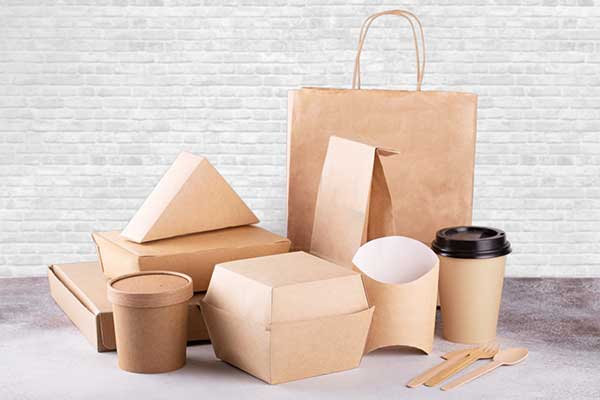A biodegradable bag is a type of bag that is break down naturally in the environment, without causing harm to the ecosystem. These bags are made from materials that are capable of decomposing over time, such as plant-based materials like cornstarch, potato starch, or sugarcane, or other natural fibers like jute or cotton.


There are several types of materials that biodegradable bags’ manufacturer use to make biodegradable bags, including:
Plant-based Materials
What is plant-based materials? Plant-based materials are cornstarch, cassava, and sugarcane, which renewable resources that plant grow and replenish. Plant-based materials decompose in a matter of months or years, depending on the specific material and environmental conditions.


Biodegradable polymers
PLA (polylactic acid) is a biopolymer which is made from renewable resources. For example cornstarch, sugarcane, or cassava. It is a thermoplastic material that manufacturer processe and mold into various forms, including packaging films and containers. PLA is compostable in industrial composting facilities under controlled conditions, where it break down into water, carbon dioxide, and organic matter.


PHAs (polyhydroxyalkanoates) are a family of biopolymers. The microorganisms such as bacteria is the main resoure to product PHAs. Renewable sources such as plant oils, waste streams, and food waste also produce PHAs. PHAs are suitable for a variety of applications, including packaging materials and disposable products. Like PLA, PHAs are biodegradable and compostable in industrial composting facilities under controlled conditions.


Both PLA and PHAs offer a renewable and sustainable alternative to traditional plastics, reducing the environmental impact of packaging and other plastic products. While they have some limitations in terms of performance and cost compared to conventional plastics, it is a potential trend for reducing plastic waste and carbon footprint. It is an important focus for research and development in the field of sustainable packaging.
Paper
Kraft paper is a renewable resource and easily recycled. there several benefits of paper for packaging bags, including environmental sustainability, branding and customization options, durability, versatility, and consumer preference.


The decomposition of biodegradable bags occurs through natural biological processes. Microorganisms like bacteria, fungi, and other enzymes break down the bag into its natural components. Natural components is carbon dioxide, water, and biomass. This process usually takes several months to a few years. It is depending on the conditions of the environment and the material used to make the bag.


It’s important to note that not all biodegradable bags are created equal, and some may require specific conditions to break down properly. For example, some biodegradable bags may require exposure to sunlight, oxygen, or a certain temperature range to decompose. If these conditions are not met, they may not break down as intended. It’s important to dispose of biodegradable bags properly, and follow any instructions from manufacturer to ensure they break down effectively.
